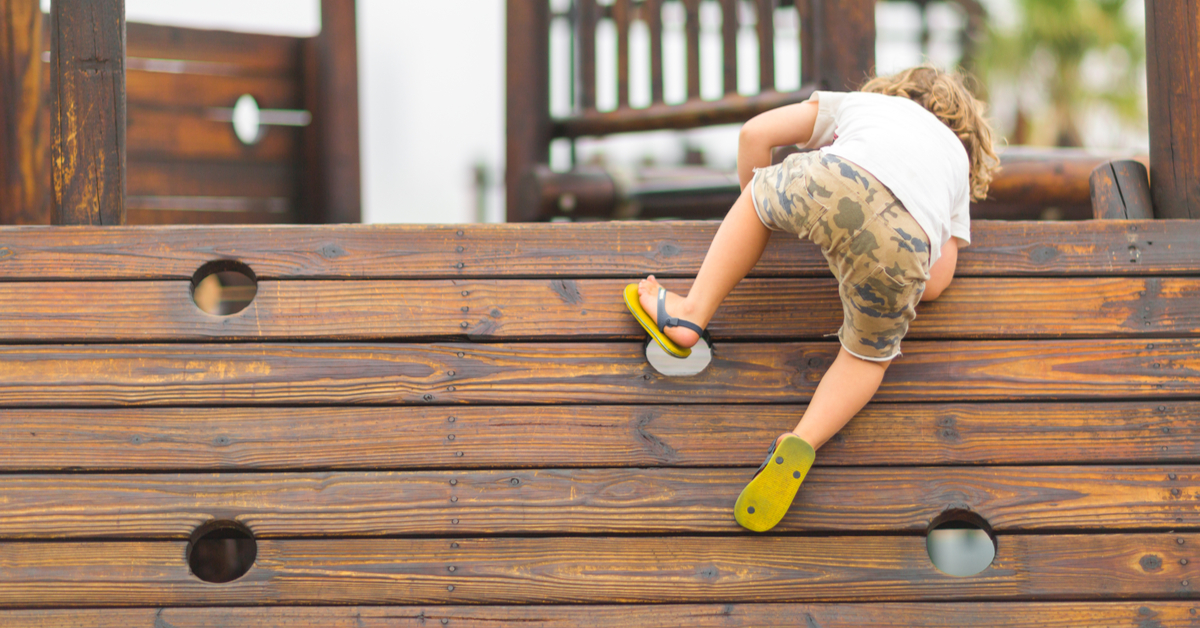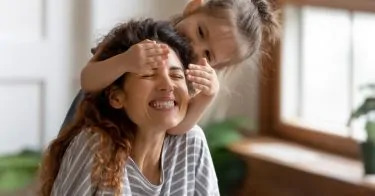
From the first time a mother carries her first born, she freaks out. It’s a natural thing for a first-time mother to be overprotective of her child and worry about everything – lifting the baby’s head, driving the baby home, bathing, clipping nails, colds, fever, etc. As the baby learns to roll over, crawl, and then walk, moms tend to worry even more.
Parenting is the toughest job in the world, and we hate to break it to you, but there is no such thing as perfect parents or perfect kids. To our kids, however, we are as precious as a gem. Children look up to their parents as if they were superheroes. And in some respects, we are superhuman beings without a cape.
Life, however, has its own way of pulling off surprises. Just when you thought you had prepared for everything, life as we know it happens. That’s why it is important to be armed with basic emergency skills to keep our children out of harm’s way and make sure that they are okay.
Beyond the Band-Aid
Children are naturally playful and active. In school, at play, or even at home, all sorts of emergencies happen. Parents, especially first time moms, are sure to freak out upon the sight of a scratched knee, redness from allergies, stinging insect bite, high fever, sprain, or broken bones.
Most homes have first aid kits, but remember that with first aid kits, it is not just medical supplies, but rather action that is key. Training and practice until the nurse-like skills come naturally are important. Most of the time, reading a manual while your child cries helplessly can simply have your brain check out. Read, research, and watch emergency drills. Red Cross also has a first aid app you can download to familiarize yourself with emergency basics.
Read Next | Plumbing Safety Measures for Toddlers
Secure your home
Home is where you should feel the safest. At home, you think nothing bad could happen to your child. Think again.
Latest available data from the Federal Bureau of Investigation shows that more than two million homes fell victim to burglars in 2010. This is more than just a crime to property, but a violation to your peace of mind. Count yourself lucky if they only got away with belongings – but what if they got away with something more?
As a first-time mother, you surely don’t mind watching your child’s every move. But it won’t hurt if you get help to guarantee your home’s and family’s safety with a security system. Statistics from Safeguard the World show that homes without security systems are 300% more likely to be broken into.
Level up your safety project by arming your kid with a child security device like a tracker and an alert GPS that will alert you once she lets go of your hand, before she gets lost.
Safety at play
No childhood is complete without play. Playground interaction for parents and kids is also a good way to bond and parents should not keep their children off their happy place simply out of the fear something bad may happen. Feeding your kids with different playing experiences helps in their development and formation of values.
However, there are accidents on the playground that teach parents lessons the hard way. Each year, more than 23 million children under the age of 15 end up in the emergency room according to the National SAFE KIDS Campaign. The research claims that around seven million of these children suffer accidental injuries – the leading killer of kids under 14. The saddest part, however, is that such unfortunate events could have been prevented.
Trampoline injuries account for more than 90,000 emergency room visits annually, according to Dr. Howard Kadish of the Primary Children’s Medical Center in Salt Lake City. Fractures, spinal injuries, and head injuries are the most common complaints. Flying off the trampoline is not the problem, he says. The problem is multiple kids jumping high up and down all at the same time. Some even ride bikes while they are on a trampoline.
Remember that only one person should get on a trampoline at a time, and make sure it is under the supervision of an adult.
On the other hand, falls account for 90% of the most severe equipment-related playground injuries. According to Dr. Jim Chamberlain of the Children’s National Medical Center in Washington DC, 40% of these incidents are unsupervised. He said broken arms, elbows, and clavicles are mostly because kids are allowed to play on equipment that is not appropriate to their age, such as two-year-olds hanging on monkey bars.
Make sure that your playground of choice is safe, well-supervised, and well-maintained. Look for those with floors that can absorb shock, such as those made of wood chips or shredded rubber, and have coverage that is wide and deep. Surfaces should be soft and thick enough to soften the fall of the child (this is also applied when choosing kids’ equipment for your own residential playground). You do not have to check every piece of equipment by actually testing it out. You just have to see if the material is sturdy enough to carry huge weights and to tolerate children’s horse-playing. You can also ask the maintenance crew of the playground equipment how often they check the safety of the equipment.
Bring a first aid kit when you take your child to a playground, but best of all, proper supervision is key to safety. Children like to test their limits, but they are not able to gauge their strength. They do not always know what is dangerous for them, so it is advisable to have an eye on your child while playing. The parents should check the commercial playground to see if there is a spot where they can see their children playing on every side of the playground.
Tell children about safety rules such as no pushing, always wait for your turn, do not use wet playground equipment to avoid slipping, proper use of equipment, etc. There are a lot of reading materials for playground safety that you can read with your kids or disseminate to them after you’ve read them. You should also tell your kids about the playground equipment that is appropriate for their age, and they should ask for your permission or help when trying out playground equipment that is for older children.
These playground safety tips are very easy to follow. The tips only require full cooperation from the kids as well as the parents. Getting your child to a playground does not mean free time for you; it is actually the reverse. You need to look out for your kids more. But do not be too paranoid or you may end up putting limits on their capabilities. If you can make your child follow the ground rules in the playground, then you will have less to worry about. You can let them have fun, while being around to catch them when they fall.
Read Next | Baby Bathing Basics: 6 Important Bathtub Safety Tips
Disaster busters
Disasters such as hurricanes and earthquakes spare no one. Parents should survey their area and find out the risks. Be familiar with your community’s warning signals. Create a family disaster plan and ready a 72-hour survival kit. Put emergency phone numbers where everyone can see them and show everyone how to turn off utilities. Explain to your child what could happen and how important it is to follow a plan. When everything is prepared, less panic is expected.
Teach the basics
Trust that your child will understand you. Teach him how to disinfect his wound, remind him not to talk to strangers, show him how the security system works, teach him how and when to dial 911. Remind him to be safe at play, role-play evacuation and emergencies, and explain to him why being prepared is important. Never underestimate your child.
There is no greater way of showing your love to your children than by making sure they are safe and protected. First-time parents are so overwhelmed with excitement that preparing for emergencies can take a back seat. Remember that safety always comes first. As your child gets older, make sure he understands this, too.
Emergencies are inevitable, but you can prepare your family for the worst. Don’t be overprotective, don’t overreact and panic. Learn how to relax, and allow your kids to have fun. Just be there for them every step of the way.

Read Next | This Is Where to Hire an Amazing NYC Nanny
Patricia Evans is an Interior Designer, Residential Designer, Art Crafter, DIYer and a full time mother. She writes about interior decorating, she loves working with shapes, shades and spaces. She is also into green and simple living, she loves cooking and having tea. You can know more about her by following her on Twitter @patevans016.
The views and opinions expressed on this blog are purely the blog contributor’s. Any product claim, statistic, quote or other representation about a product or service should be verified with the manufacturer or provider. Writers may have conflicts of interest, and their opinions are their own.



